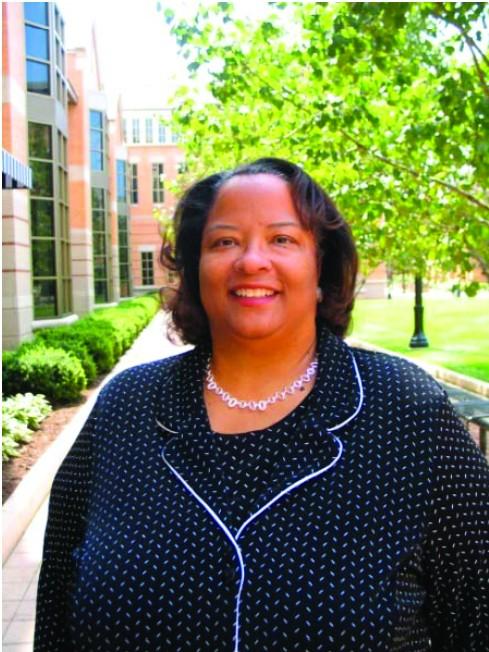Virtual business courses gain popularity in Seidman

Courtesy Photo/gvsu.edu Monica Allen
Oct 31, 2011
The first online course in the Seidman College of Business at Grand Valley State University was offered two years ago, and since then the courses have expanded in popularity and, now, availability.
The first course offered online was Management 331, taught by GVSU professor Monica Allen.
“From the first time 331 was offered online, as soon as the classes opened for enrollment the class filled up within the first 24 hours, and this has been ever since then,” Allen said. “The format appears to be very popular with our students.”
In response to the popularity, beginning in the fall of 2012, Management 340 will be offered as a partially online hybrid class to students in the business college.
The key, Allen said, is the flexibility that online courses adds to student schedules. They allow for easier enrollment for students who do not have the means to attend class every day.
“A lot of our students are working full time and going to school full time and it’s very challenging for them to keep up with schedules,” she said. “So I thought that if we offered something online that it would allow some flexibility for the students to be able to handle their schedules better.”
Allen said the resistance she received from creating these online courses is the concern of the human element that can be lost with classes online.
“At the beginning the only concern that the faculty of the business (college) had was to ensure that the students were going to be able to receive the same quality of instruction that they do in class,” she said. “Also, there was concern of losing that face-to-face time. The challenge was to design courses where there was interaction several times during the week and it took a little creativity to figure out how to do that.”
One person who voiced such concerns from the beginning was H. James Williams, dean of the Seidman Business College. Williams said, in his opinion, face-to-face courses are better than online courses since an element is lost online.
Williams helped explain his reasoning by describing how to best deliver someone unfortunate news.
“You know how difficult it is to communicate bad news, for example, using email,” Williams said. “I would never do that. The person can’t hear the inflection in your voice, can’t see the concern in your face, there is so much of communication that is missing when you are doing it online.”
Williams did stress, however, that his personal opinion does not reflect how he makes decisions for the university and for the Seidman Business College.
“The mission of the university is to serve the community, serve the public,” he said. “My job as dean, we have to serve the public and meet the community’s needs, the demands will dictate how much online teaching we have. I would not say I would not want more online courses because online teaching is better than the alternative of nothing at all.”
In response to these concerns, Allen, who has previous experience teaching online courses at other institutions, said she holds discussion boards with her students, uses Blackboard and posts videos online to promote class activity.
Allen said in some instances, students are more apt to complete readings or assignments if the class is online rather than a conventional course because the classes are designed to be a more self-instructed course.
“A lot of times in a classroom you call on a student and you … tend to get that answer ‘I don’t know’ or the deer in the headlights look,” Allen said. “In an online format they have the opportunity to think critically about it or see what other people are saying.”

























